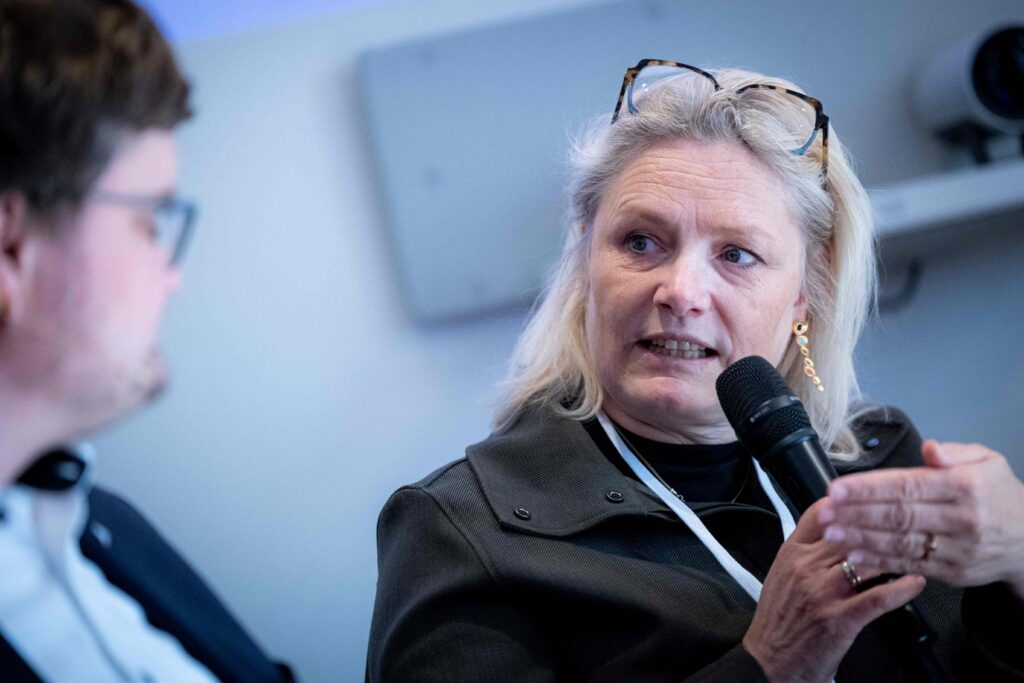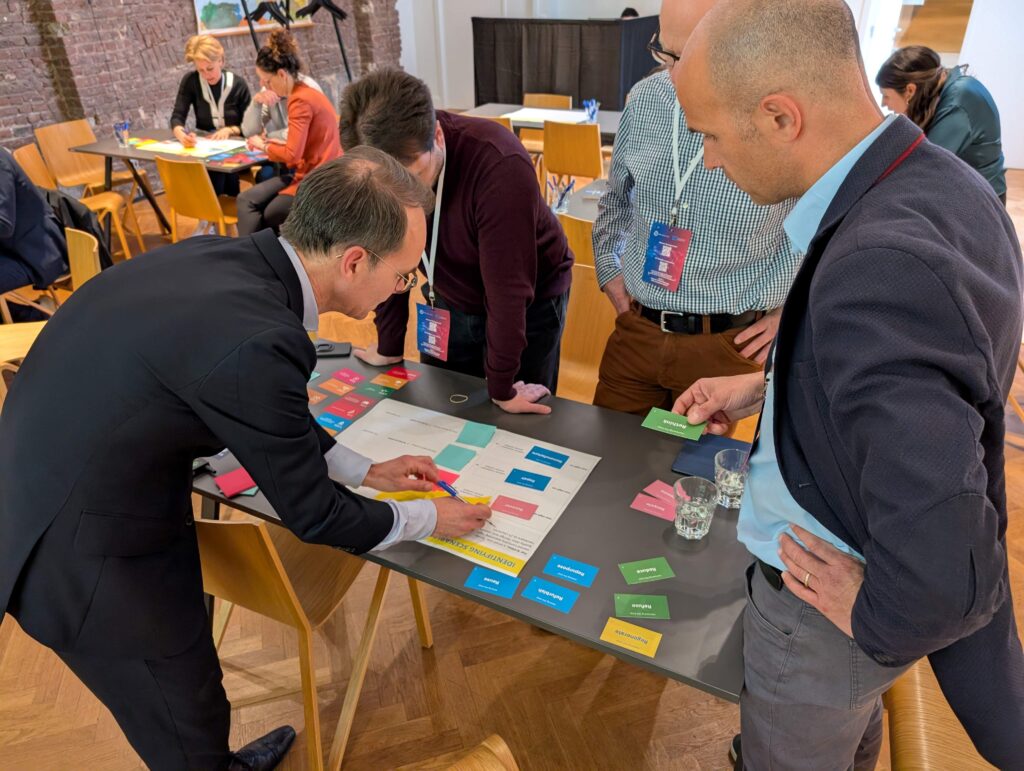Inverting realities: Rethinking manufacturing for circularity
As European industry accelerates towards climate neutrality, manufacturers are facing mounting pressure – and unprecedented opportunity. The InnoHive 2025 workshop Inverting Realities – Rethinking Manufacturing for Circularity, hosted by circular economy specialists Innoboost, brought together delegates from a variety of businesses to explore how they can navigate the sweeping regulatory changes ushered in by the EU Green Deal while building resilience and unlocking growth.
The EU Green Deal aims to make Europe the first climate-neutral continent by 2050. For manufacturers, this means moving away from traditional linear models of take-make-dispose and embracing a circular economy built on reuse, regeneration and long-term value creation. With new legislation like the Corporate Sustainability Reporting Directive (CSRD) coming into force – and customer, investor and supply chain expectations evolving just as fast – the question for businesses is no longer if they need to change, but how.
While this presents challenges, particularly for small and medium-sized enterprises (SMEs), Sandra Horlings, Managing Partner at Innoboost, explains how she, together with Christiaan Kraaijenhagen and Siu Lie Tan, set out to demystify these challenges at InnoHive 2025. Through a dynamic, hands-on session centred on a real-world case study – Artitec company producing steel door handles – participants explored how even SMEs not yet legally bound by CSRD are already feeling the pressure via export restrictions, client demands and insurance considerations. More importantly, they also discovered how circular strategies can be powerful tools to reduce risk, strengthen market positioning and spark innovation.
“We introduced participants to five core circular strategies: reduce, reuse, rethink, regenerate and recycle,” elaborates Horlings. “With these as building blocks, companies can find practical ways to redesign products, source locally, close material loops and increase resource independence.”

Sandra Horlings, Managing Partner at Innoboost, at InnoHive 2025. Photo credit (c) Xavier Lejeune
In the workshop, for instance, with steel imports subject to rising EU tariffs, companies were encouraged to consider circular alternatives: reverse logistics, local sourcing and design for disassembly.
For many in manufacturing, this approach marks a shift in mindset — from being overwhelmed by legislation and regulatory demands to empowerment on how these can be leveraged to boost business opportunities. “While the regulatory landscape is undeniably complex, real progress starts with small, strategic steps,” says Horlings.
Whether it’s identifying your biggest supply chain vulnerability, launching a product takeback scheme, or piloting a material reuse strategy, the key is to start acting – not just planning.
Sandra Horlings, Managing Partner at Innoboost
To do this successfully, it is important for companies to assess where they currently stand on their circular journey. Are they driven by compliance, cost-efficiency or sustainability goals? Or are they ready to lead systemic change? Recognising this starting point and the assumptions behind it, is vital in shaping next steps tailored to business reality.

Innoboost workshop at InnoHive 2025. Photo credit (c) Xavier Lejeune
Route to resilience
Ultimately, Inverting Realities underscored a clear message: Circularity isn’t just a regulatory requirement – it’s a route to resilience and relevance in a fast-changing world. As Christiaan Kraaijenhagen, Circular Business Guide at Innoboost, puts it, “Your minimum requirement is compliance. But your competitive advantage lies in going beyond it – in offering added value, anticipating change and enabling your ecosystem to do the same.”
Summarising the strategy businesses should adopt to tackle the challenges faced when adopting this approach, Horlings adds: “Start by listing the opportunities you see, then list the risks and identify the assumptions behind both. From there, choose your most significant risk or biggest opportunity and design a small experiment to test it.”
“Is your new idea feasible, viable, desirable and impactful? Run small experiments, learn and adapt. That’s how you prepare for the future – step by step.”
It seems, whether navigating geopolitical volatility, digital transformation, or climate disruption, the question remains the same: How do you future-proof your business? For manufacturers, the answer is becoming clear – start now, start small and think circular.

